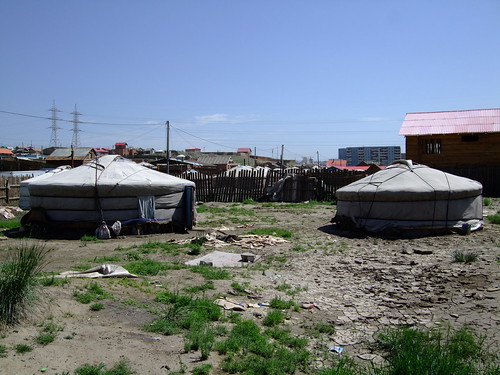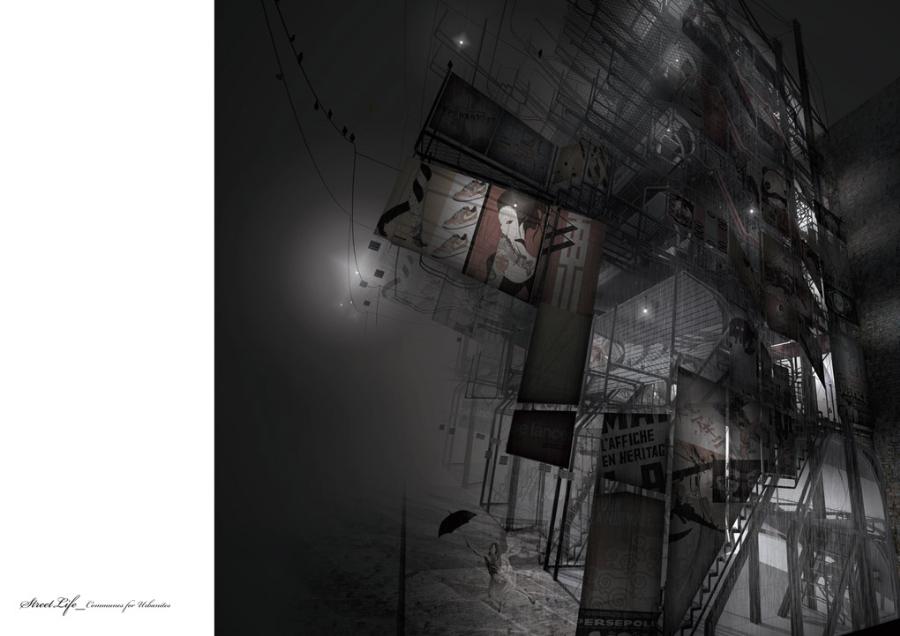 In my work in architectural education in continental Europe, in Mongolia, and recently in Latin America, I found in general that urbanism as a discipline is approached more integrally in architects' professional education than in the Anglo-Australian systems where I previously studied and worked. Urbanism is fundamentally cross disciplinary work. If urbanism for architects is not regarded as a separate discipline, it may be feared by traditionalists because effectively the architect's role is demoted from leader-author to one of many cross-disciplinary collaborators.
In my work in architectural education in continental Europe, in Mongolia, and recently in Latin America, I found in general that urbanism as a discipline is approached more integrally in architects' professional education than in the Anglo-Australian systems where I previously studied and worked. Urbanism is fundamentally cross disciplinary work. If urbanism for architects is not regarded as a separate discipline, it may be feared by traditionalists because effectively the architect's role is demoted from leader-author to one of many cross-disciplinary collaborators.Since I taught Landscape Urbanism with Sarah Chaplin in the architecture course at Kingston University, UK, where I found it a great challenge to engage students in debate about popular politics and the 'street occupations' I was writing about, I became increasingly interested in English and continental European Do-It-Yourself urbanism movements. A major urbanism conference in Gothenburg at the time suggested there was much interest in informal movements to complement the established policy and academy. I began to study the growing practice and knowledge base. The recent AHRA conference in Sheffield expanded on the idea of Agency and launched the publications Urban Act, and Field, and the research practice The Agency.
Lately I wondered if the teaching and research approach to self-build, informal settlements and informal urbanism might be further developed, taking a multi-disciplinary approach. A model example I noticed is Vienna University of Technology's recent work in peri-urban Ulaanbaatar, studying the social mechanisms of informal settlements as well as the physical environment, with architects, anthropologists and sociologists.








